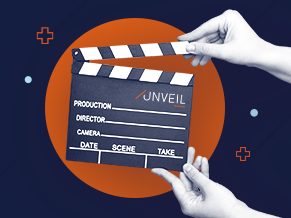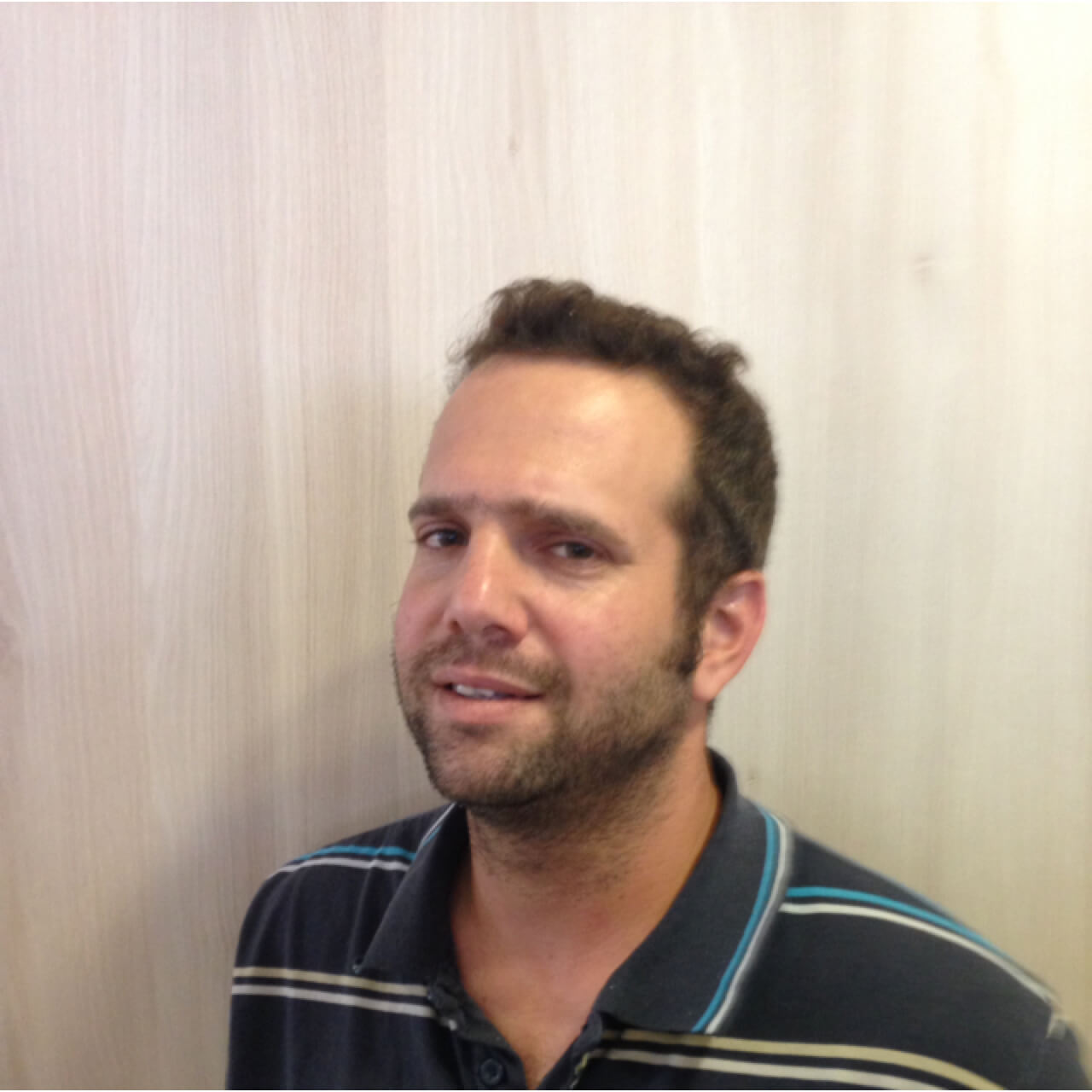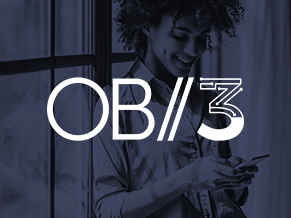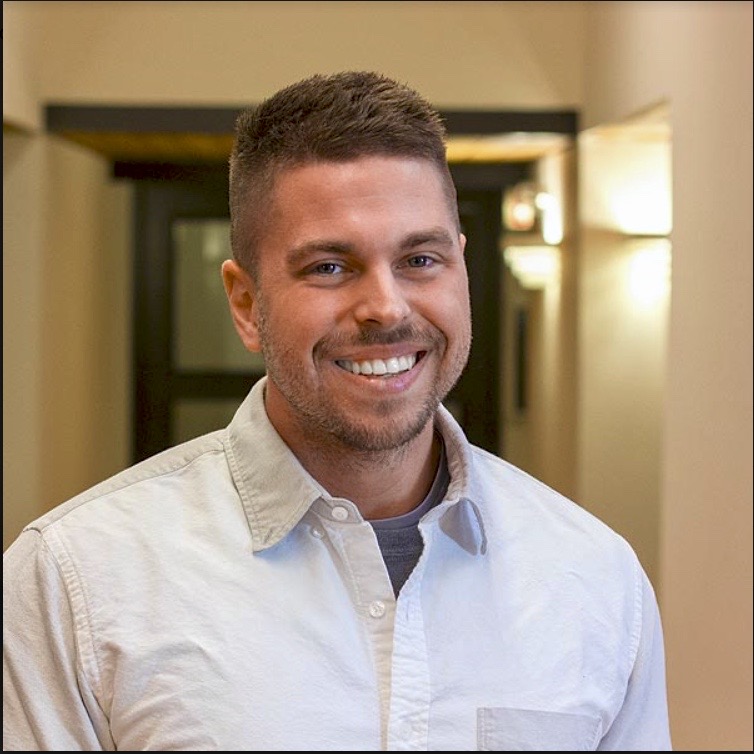Content Marketing World Day 2: The Hiring Dilemma, Live Video, and Influencer Outreach
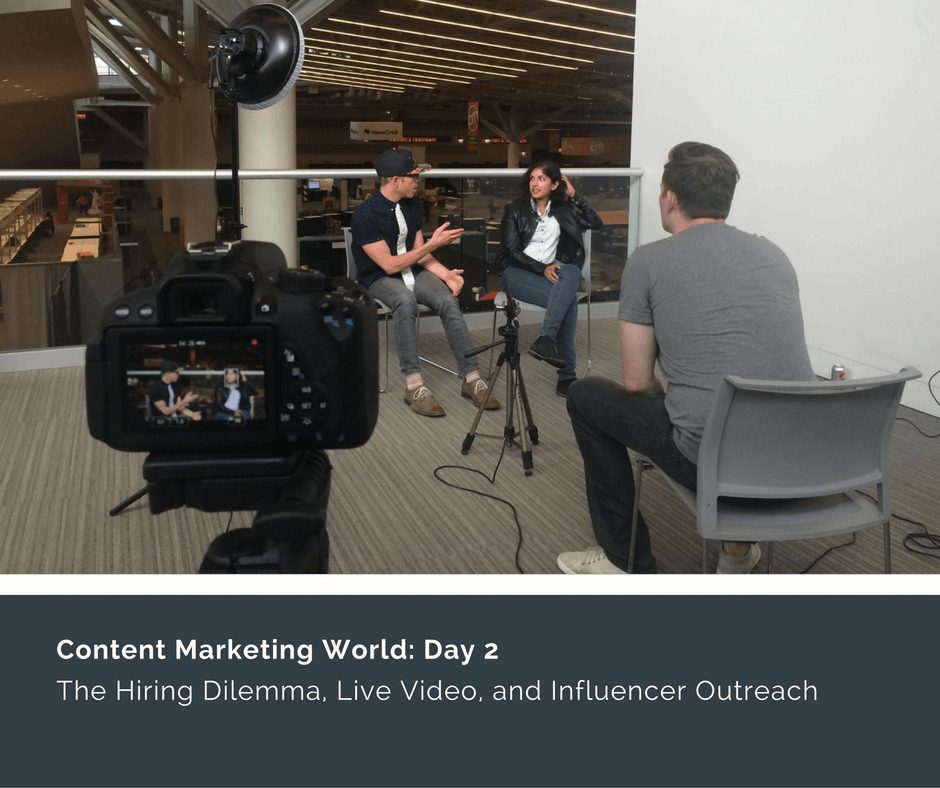
Magic was very much still in the air as I made my way to the first session of the day. You can feel the excitement and eagerness to learn with every conversation you walk past and within every nook and cranny of the expo center.
Armed with my event pass, laptop, and iPhone, I settle down right in the hub of it all, the Searchmetrics stage, for the much-anticipated session, “The Content Talent Crunch: How Marketing Leaders Approach Hiring A New Breed of Marketer.”
Moderated by Jay Acunzo, this panel included the following speakers:
- James Ellis, VP of Inbound Marketing, TMP Worldwide
- Joe Lazauskas, Editor in Chief, Contently (Check this quick video we took of Joe on a similar topic)
- Justin Levy, Head of Global Social Media, Citrix and Author Facebook Marketing
- Jeannine Rossignol, VP, Marketing – Large Enterprise Operations, Xerox Corporation
As a pressing and relevant issue, one we have written about in the past, I was very interested in gathering intel from a variety of authoritative players in the industry.
Here’s are some of the most important insights I took on the topic of hiring a content marketer:
On Freelancers and Agencies
Joe Lazauskas – I think freelancers can bring a lot of firepower to a brand’s content campaign. A good operation has to have that thing your brand is really passionate about, and I don’t think you can really get that in a brief or even outsource that. You can outsource a lot of it, but you need those one or two people within the org that are going to guide the ship.
On Interviewing and Resumes
James Ellis – I tend to hire lower on the totem poll, at entry-level. I like to know everyone who walks in the door has a piece missing (social, writer, editor, analyst) and that I will have to coach them up. I want to see their potential in those different spaces. And more importantly, if they are interested in learning that stuff. The interview process should be surfacing these questions and figuring out what the gap is and how I can fill it.
On a Marketer vs. a Creator
Joe Lazauskas – I cannot imagine teaching someone to write, report, or dig into a topic. But I can imagine taking someone with editorial skills and intellect and teaching them about content marketing.
.@JoeLazauskas from @Contently on how we can hire better talent at this morning's #CMWorld session. #PassionFirst pic.twitter.com/dMZdQHg6PC
— Outbrain (@Outbrain) September 8, 2016
Jeannine Rossignol – Writing is a creative process that takes a special talent, especially in a B2B environment, to make that story. I had a team of great marketers and I asked them to be content creators but they just couldn’t. They needed to be trained. It’s hard to find, and marketing is a skill set you can teach. It’s way harder to teach someone how to be a great writer and creator.
On the Fully Stacked Content Marketer
Joe Lazauskas– Not everyone on your content team is going to do all the heavy lifting. But you can have people on your team that can help determine what’s working.
James Ellis – If you know about all of the tactics and tools for how you are going to distribute it, it’s going to impact how you write it, but you need an integrated team to bypass some of these silos. It’s about developing relationships inside.
After an inspiring discussion, I was lucky enough to be able to keep my seat (a luxury at a large conference with tons of people fighting for session entry) as the next panel talk was conveniently held on the same stage.
Determined to learn more about a relatively new and popular trend for my role at Outbrain, I made it a point to join “Opportunities for B2B Brands in Live Video.”
This time, moderated by Bernie Borges of Social Business Engine and covered in-depth by:
- Amisha Gandhi, Senior Director, Influencer Marketing, SAP
- Chelsea Hunersen, Social Media Marketing Manager, HubSpot
- Andrew Spoeth, Director, Digital Marketing, CA Technologies
Not sure why a brand or business would participate in live, streaming video?
A Purpose for Live Video
Amisha Gandhi – The purpose of live video is to increase awareness and drive engagement. We bring in influencers (expert 3rd party voices) to talk to our customers, executives on issues topics and trends. We are reaching their audience and our audience. It’s almost like you are letting your audience eavesdrop on a conversation. We aren’t looking to out and get viral. We’re looking to be relevant.
Chelsea Hunersen – We have a lot of content, but the best way we’re adding a new layer to it is by showing people what’s going on in our brains, offering a little more complexity. We bring the conversation to people and add a dynamic element into what we are already doing.
.@ChelseaLikeNY from @HubSpot on their most successful Facebook Live stream and how you can make it work #CMWorld pic.twitter.com/dmWB4vFhfE
— Outbrain (@Outbrain) September 8, 2016
Andrew Spoeth – We want to appeal to both the intelligence (IQ), and emotional intelligence of our audience. Live video is vulnerable, real, and interactive. It gives a “second view” of our live events. We don’t invest a lot in the tech production because it’s supposed to be an alternate view. We did internal training on how employees can be involved in live video, opening up the conversation and making it real.
The ROI of Live Video
Amisha Gandhi – How many views is a good first level look. You have a built-in audience on Facebook so you are already reaching those people. You can look at engagement as a metrics, talk about social media impressions achieved through promotion and social around the video. Also, by creating an asset from the video after it’s been posted and measuring the impact of its use.
Chelsea Hunersen – A video is not an image. It’s not a one and done. A video is designed and supposed to be a continuous stream that you want people to continue watching and get something from. We started measuring 10-second views, retention. We want to know if people are sticking with our content and it’s resonating with them.
Andrew Spoeth – We’re also looking at stickiness and thinking of time viewed. We use the following pyramid to measure effectiveness 1. Audience 2. Engagement (views) 3. Amplification (sharing) 4. Conversions.
After some technical difficulties earlier in the week with trying to live stream, I took my knowledge, asked a few questions during Q&A and actually experimented with my own Facebook Live video.
So, I’ve still got a lot of testing to do, but this behind-the-scenes look at an interview we were filming (more on that after the jump) was the perfect opportunity for me to feel out the experience.
After trying to connect with Aaron and Nadya (seen in the Live video above) all day, we were finally able to sit down with the two for a quick chat about how they were making the most of CMWorld.
What did they have to say?
In a nutshell, they both teamed up and collaborated with one another for real-time coverage of the event’s main speakers and influential attendees.
Check out some of the playful and personable content they pumped out:
|
|
And of course, we’d be remised if we didn’t mention Chad Pollitt‘s (stay tuned for our video interview with him) talk about, “Paid and Unpaid Content Promotion and Distribution Methods That Actually Work.”
We’ll just leave this here for you:
.@ChadPollitt experimented with paid social vs Outbrain – Leads from LinkedIn cost $1400, Outbrain leads cost $56 (holy cow) #cmworld
— Andi Enns Kahclamat (@andienns) September 8, 2016
Click for an image of the full breakdown.
And with that, our time at CMWorld comes to a close. It’s been a week filled with adventures, engaging dialogue, and of course, a ton of education on all things content marketing. A big thanks to the Content Marketing Institute for everything they do.
Until next time…
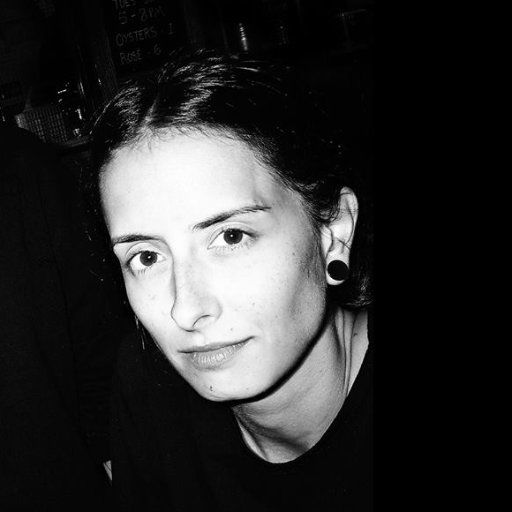


![[Event Recap] 3 Highlights from Outbrain’s 2021 Unveil](https://www.outbrain.com/blog/wp-content/uploads/2021/01/OB-Blog-Post-Regular-Thumbnail-Unveil-Recap.jpg)

